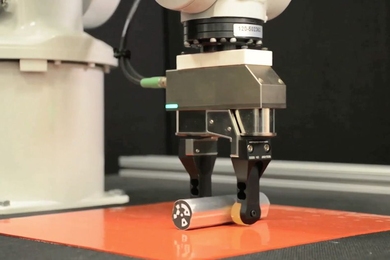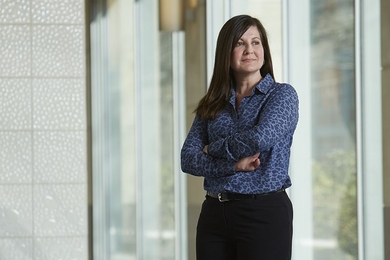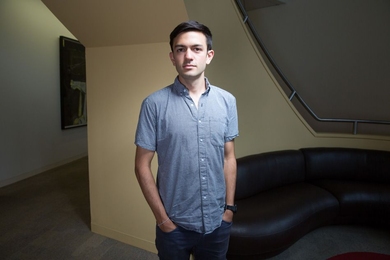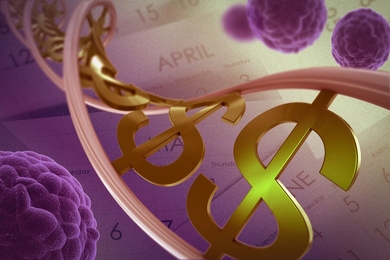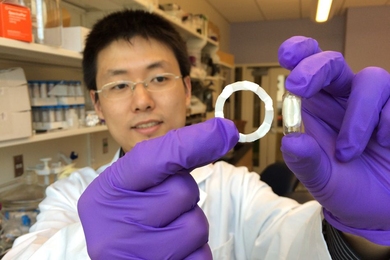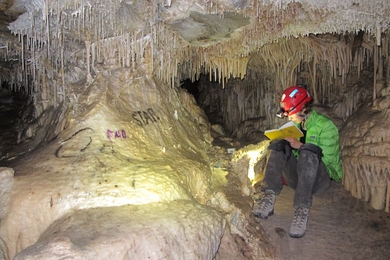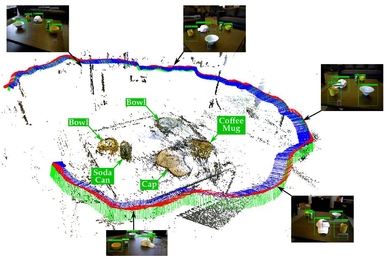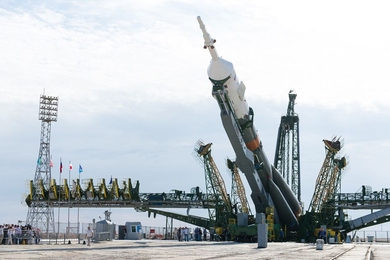Giving robots a more nimble grasp
Engineers use the environment to give simple robotic grippers more dexterity.
Mending a broken heart
Laurie Boyer’s work might one day lead to cures for heart defects and disease.
How language gives your brain a break
Study: In dozens of languages, words that work together stay together.
An ally for the understudied Y chromosome
Graduate student Alexander Godfrey tackles a chromosome that half the world has — yet few understand.
Identifying a key growth factor in cell proliferation
Researchers discover that aspartate is a limiter of cell proliferation.
How to look for a few good catalysts
New research shows non-wetting surfaces promote chemical reaction rates.
Shoring up Tor
Researchers mount successful attacks against popular anonymity network — and show how to prevent them.
Study: Firms “underinvest” in long-term cancer research
Tweaks to the R&D pipeline could create new drugs and greater social benefit.
New material opens possibilities for super-long-acting pills
A pH-responsive polymer gel could create swallowable devices, including capsules for ultra-long drug delivery.
Stalagmites pinpoint drying of American West
Research suggests western U.S. deserts were relatively wet up until 8,200 years ago.
Object recognition for robots
Robots’ maps of their environments can make existing object-recognition algorithms more accurate.
3 Questions: Lennon Rodgers on docking in space
System for locking satellites together, initially developed for master’s thesis, to get first space test.
Understanding economic behavior through hygiene
PhD student Reshmaan Hussam’s study of Bangladeshis’ economic behavior leads to research on hand-washing.

